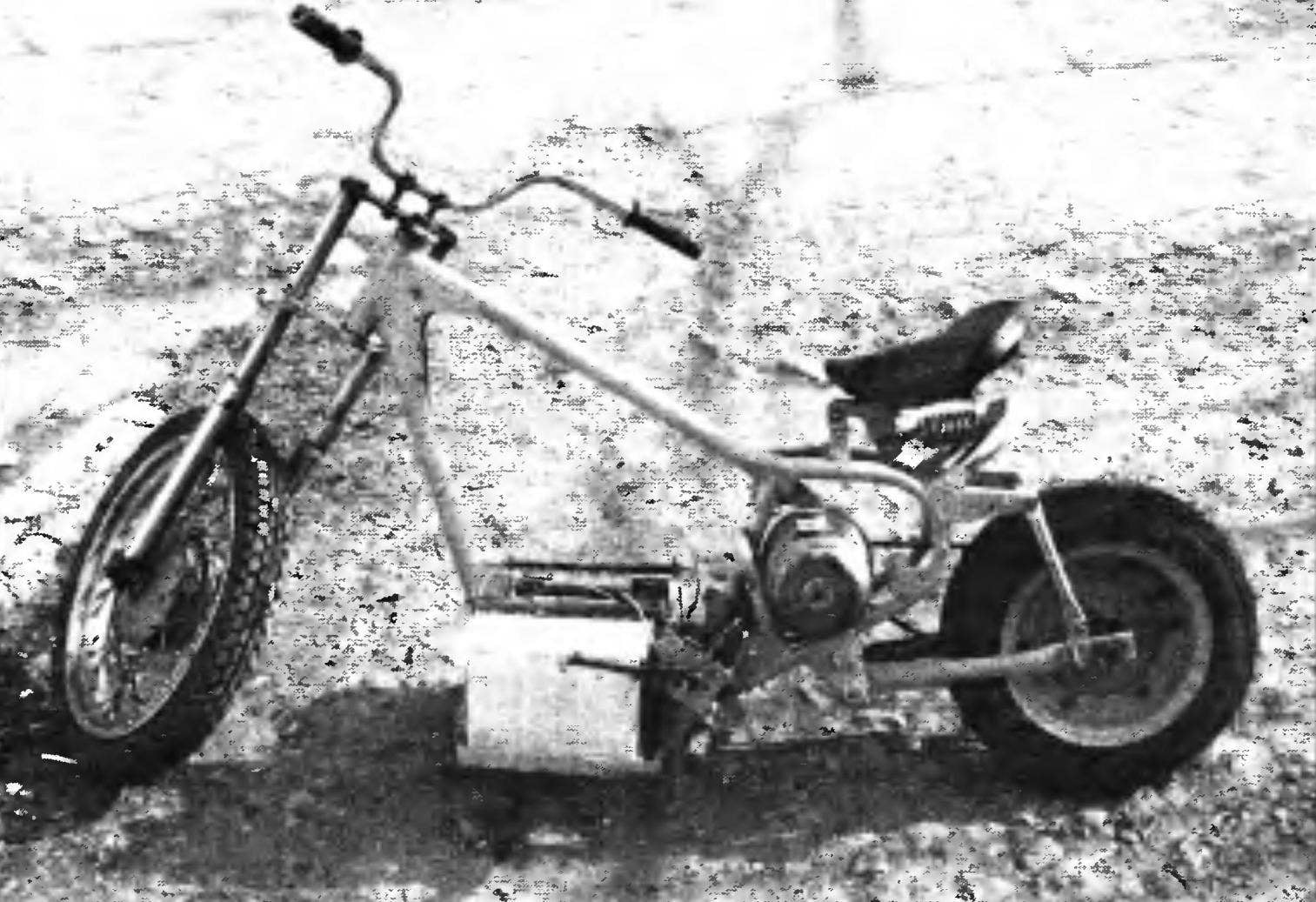A circuit diagram is borrowed from Bulgarian of the electric vehicle. The difference is that instead of the diode made contact, which allows you to switch the voltage supplied to the motor with 24 volts to 12 or Vice versa.
Starting and initial acceleration is carried out at a lower voltage when closed contacts K2 and KZ. Low voltage is also used for energy recuperation during braking and driving on slopes. At the steady state movement of the contact K2 and KZ are open and closed contact K1 — thus the motor is fed full voltage.
For the first time in our drafting and design Association is in operation, electrotek, so it was interesting in practice to define the parameters of their current consumption and its motor in regen mode. Measurements were carried out by the ammeter AP — 110 (GOST 1700-66) with “0” in the center of the scale.
It was found that the highest inrush current occurs when starting off: At 24 V — 30 a And 12 V up to 15 A. At steady state, the current consumption is 10 A at 12 V and 15 A — with 24 V. However, we were puzzled by the fact that the motion on 8% rise power current consumption was 20 — 22 And at 24V, and the same descent in the recovery mode charge current battery was only 20A at 12V. Electrocycle moved with a slight slowdown.
Schematic diagram of electrocycle:
Parallel connection battery contacts K2 and K3 are closed; the contact K1 is open—starting and acceleration of electrocycle. Sequential activation of the vehicle—contact K1 closed contacts K2 and K3 open, the main mode of movement.
Electrocycle ready for action
The explanation for such a significant loss of power (about 50% with such an economical engine) can be explained by the unaccounted large expenditure of electrical energy in the transmission, rolling resistance of the wheels, and the inefficient regime of operation of the engine at low speeds.
Seems to be very attractive to install in the same battery boxes a couple of batteries for 24V trucks, which would be enough for 1.5 — 2 hours drive in a sharp improvement in ride quality of the car, if this would not change the mass, center of gravity, and hence the handling… But it is our further creative task.
It is especially important to note that the children acquired the basics of design and labor skills, the experience of creating a new one. Modernizarea and improved. During this academic year we made the frame dismountable flanged joints, which allowed to carry electrocycle in the trunk of the car. Made more rigid front fork.
The main advantage of vehicles with electric drive, especially for initial training, — continuous the car ready for action. Sit down, push with the left foot on the lever of the controller — and went And at the same time — mind you — almost silently and without polluting the environment.
A. SPEAR, Beloretsk, Bashkortostan
 Ecology and environmental protection are becoming increasingly relevant topics in the world. Constantly more stringent requirements for emissions of harmful substances by vehicles. Therefore, the major manufacturers are developing and start producing electric and hybrid cars. To reach these developments and to our country.
Ecology and environmental protection are becoming increasingly relevant topics in the world. Constantly more stringent requirements for emissions of harmful substances by vehicles. Therefore, the major manufacturers are developing and start producing electric and hybrid cars. To reach these developments and to our country.
